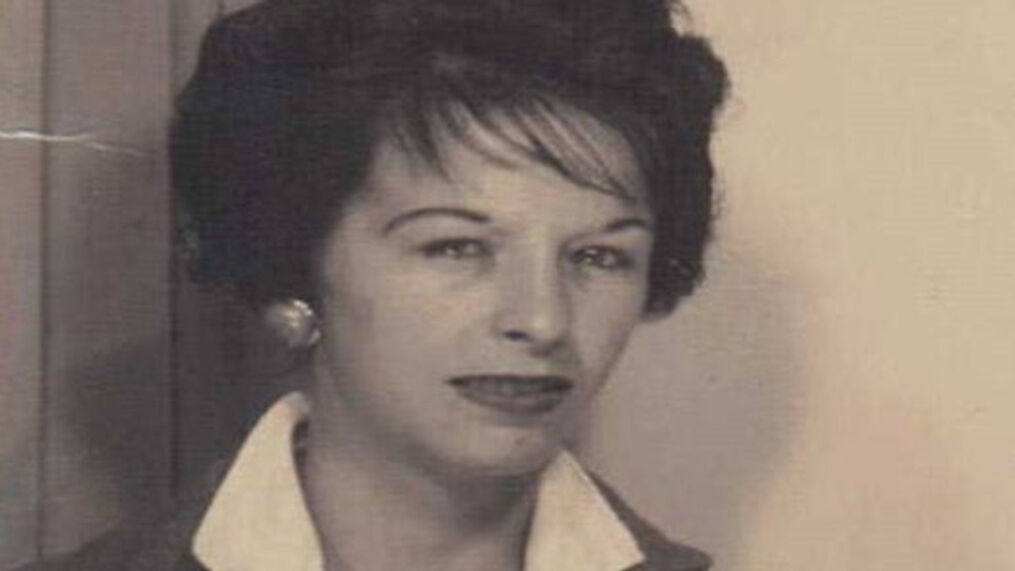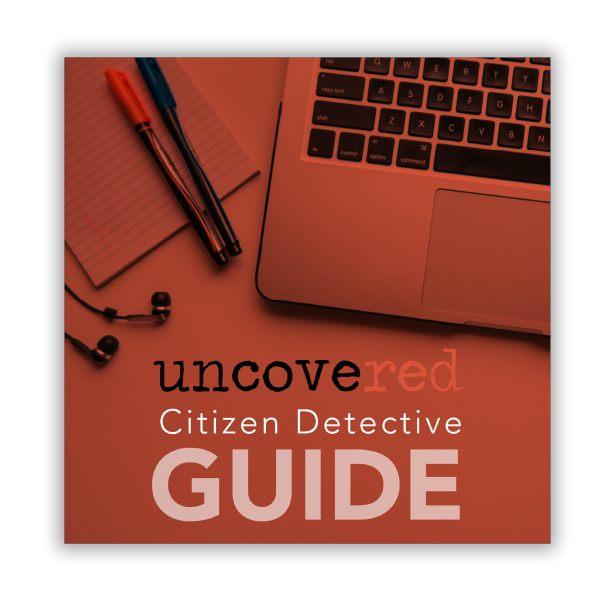It was Aug. 20, 1979, when Salt Lake City police investigators arrived at a field outside the metropolitan area of the Utah city. They were called to the site to examine decomposed human remains discovered by hunters in the area.
One of the most pressing questions of that day was whether it was the body of Sandra Haymes Matott, who had been reported missing by her family more than a month earlier. The 37-year-old mother of six was last seen at a bar in Salt Lake City. When she didn’t return home that evening, Warren Matott, her husband of nearly 10 years, contacted Salt Lake City police.

When family members identified a ring and watch found at the scene as Matott’s belongings,
SLC detectives opened a homicide investigation.
Yet, exact identification of the remains was inconclusive.
Back then, police had a difficult time solving a case like this — especially if there were no eyewitnesses to the crime.
The use of CCTV cameras, which are now widely used by governments, businesses and private residents to deter crime, was virtually non-existent throughout the United States in 1979. Although the city of Olean, New York, led the way with video surveillance to deter crime in September 1968, it wasn’t until the late 1990s that law enforcement officials increasingly installed CCTV cameras in public places.
That pace has accelerated significantly. Today, the United States is nearly on par with China for having its citizens under surveillance. China had 349 million security cameras in 2018, which averaged to one camera for every 4.1 people. The United States, on the other hand, averaged one camera for every 4.6 people — for a total of 70 million surveillance cameras. That number continues to climb, with Atlanta, Philadelphia, Denver, Washington, D.C., San Francisco, Las Vegas, Detroit, Chicago, Portland and Fresno now making up the top 10 American cities under the heaviest camera surveillance, according to Comparitech.
Cellphones, which are now owned by 97 percent of Americans, didn’t hit the mass market until a decade later — in the 1990s. Today, investigators can use cellphone data as evidence — determining a victim’s last activities, texts and location before their disappearance or untimely death.
More importantly, DNA technology was in its infancy during the late ’70s and early ’80s. It wasn’t until 2021, thanks to advanced DNA and technological advances, that Salt Lake City police were able to positively identify the decomposed body as that of Haymes Matott — 42 years after she disappeared.
To date, this is the oldest cold case solved by this department.
“No matter how much time passes, the detectives of the Salt Lake City Utah Police Department will never let up in their quest to solve every case and get answers for loved ones,” said Salt Lake City police chief, Mike Brown. “Solving a cold case requires teamwork, dedication and an unrelenting pursuit of justice.”
Here is an overview of how new technology was incorporated in this case:
- Between January and April 2013, Salt Lake City homicide detectives entered Sandra Haymes Matott’s information in two national databases for missing people.
- On Feb. 1, 2019, information about Haymes Matott was entered in Utah’s new cold case missing person database, as well as a new federal database for missing persons.
- In Dec. 2019, Utah’s forensic anthropologist completed a report, requesting submission of the remains from 1979, to be accepted at the University of North Texas Center for Human Identification, an accredited forensic laboratory, for the newest DNA testing.
- On Aug. 10, 2021, DNA tests conducted at the University of North Texas confirmed that remains discovered in 1979 were indeed those of Haymes Matott.
- Cold case detectives closed the missing person file and homicide investigation for Haymes Matott.
- On Aug. 13, 2021, Salt Lake City officers met with the family.
A grieving family finds confirmation
Matott’s second oldest child, Darrell Haymes, was 19 when his mother went missing. Through the many years of wondering what happened to her, he stopped crying about the loss and the mystery surrounding it, said Haymes, who resides in a suburb of Salt Lake City.
After intentionally burying his grief for so many years, the emotional dam broke on Aug. 13, 2021, when Haymes and his four remaining siblings were contacted and asked to attend a meeting with Chief Brown and Salt Lake City cold case detectives.
At the meeting, the family learned that remains found in 1979 were positively identified as their mother’s. That is when he finally allowed himself to cry again, Haymes said. Finally, that part of the family’s nightmare can be put to rest.
“They haven’t released her remains yet,” Haymes said of the police. “When our grandma died, we also got a marker for our mom. So, we will bury her there.”
In the beginning months of his mother’s mysterious disappearance, Haymes saw his four younger siblings moved into the homes of various family members. “At first, we were all close,” he said. “But with no Sunday dinners to bring us together anymore, we all grew apart. We just drifted apart.”
Haymes described his mother and stepfather’s marriage as violent. “Warren beat my mom regularly,” he said. “They would separate for a little while but always get back together.”
Less than a year after Sandra Matott disappeared and her four daughters were taken in by aunts, Warren Matott packed up and moved to California. Haymes said he quietly watched these events unfold.
From the beginning, he believed that his mom was murdered by his stepfather. And that belief never wavered. “He was the number one suspect,” Haynes said of Warren Matott. “But nobody could prove it.”
When Matott was on his deathbed in 1999, Haymes bought an airplane ticket. “I went out to California to talk to him,” he said. “I thought since he was dying he might tell me the truth.”
But Matott made no confession before he died.
Though some parts of the story remain in question, Haymes is grateful that this part of the nightmare has been brought to a close. No one in the family can secretly hope anymore that Sandra Matott simply ran away for a while and might someday return to their lives.
The DNA testing proves with absolutely no doubt that Sandra Matott did die in 1979.
Of course, there are still empty places in the story. Did she leave the bar that night with her husband or someone else? Who took her to the cornfield? How long was she alive after leaving the bar?
Because Utah’s medical examiner could not determine a cause of death, Sandra Matott’s family can only hope that she didn’t suffer.
Thanks to recent advances in technology, SLC cold case detectives could provide important information that brought some closure. “It is an honor to us that we were able to bring them some answers,” Brown said of the family.

